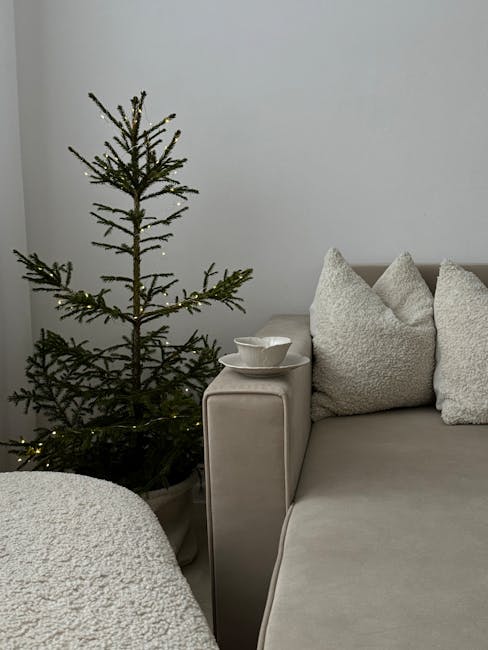The homes we inhabit are not just structures—they’re complex systems. Every component of your home contributes to your safety and comfort: the roof shields against rain and snow; plumbing provides fresh water and manages wastewater; and heating systems like furnaces, boilers, or heat pumps keep you warm during the cold months.
However, heating isn’t always efficient or affordable. From November to March, heating costs can range from $601 to $1,851, depending on your heating system. If your home remains colder than desired, these expenses can escalate as you increase the thermostat or run space heaters constantly.
Basic measures like sealing drafts, changing furnace filters, and maintaining your heating system are essential. Yet, if you’ve done all this and still find yourself adjusting the thermostat, consider these additional simple and inexpensive steps for enhanced comfort.
Change Furniture Arrangement
Evaluate your furniture layout to ensure heat registers or radiators aren’t blocked. Maintain at least 12 inches of clearance for optimal heat circulation. If moving furniture is impractical, install vent extenders or deflectors to direct heat efficiently into the room.
Buy Thermal Curtains
Even after weatherproofing windows, they can still cause heat loss. Thermal curtains are a wise investment. Open them on sunny days to harness solar warmth, and close them to prevent heat escape when it’s chilly.
Place Foil Behind Radiators
Maximize radiator efficiency by placing reflective foil behind them, redirecting heat into the room. This is particularly effective in small spaces and is an affordable, easy improvement throughout the house.
Add Outlet Insulators
Electrical outlets and light switches can be sources of drafts. Install plate insulators behind wall plates to seal these gaps, an inexpensive and quick solution that can significantly enhance warmth.
Block the Chimney
If your home has a fireplace, use a fireplace plug to prevent cold air from descending through the chimney. If a plug isn’t feasible, a fireplace cover can also effectively block drafts.
Buy Duct Booster Fans
Duct booster fans are installed in HVAC registers to amplify airflow. They’re straightforward to install and can boost both heating and cooling efficiency. If certain rooms are cold and lack sufficient airflow, these fans could be the answer.
Landscape for Sun
Landscaping that shades your home can keep it cool in summer but contribute to coldness in winter. Trim trees and remove shading elements to increase sun exposure, naturally warming your home.
Don’t Forget About Rugs
Floors can be a major source of heat loss, especially over basements or crawl spaces. Area rugs can block cold air from below and insulate your feet from the cold floor, helping the house feel warmer overall. Ensure not to cover heat registers when placing rugs.
Reverse Ceiling Fans
Ensure your ceiling fans are set to run clockwise in winter. This setting pulls cool air up and pushes warm air down, improving comfort and reducing heating costs.




